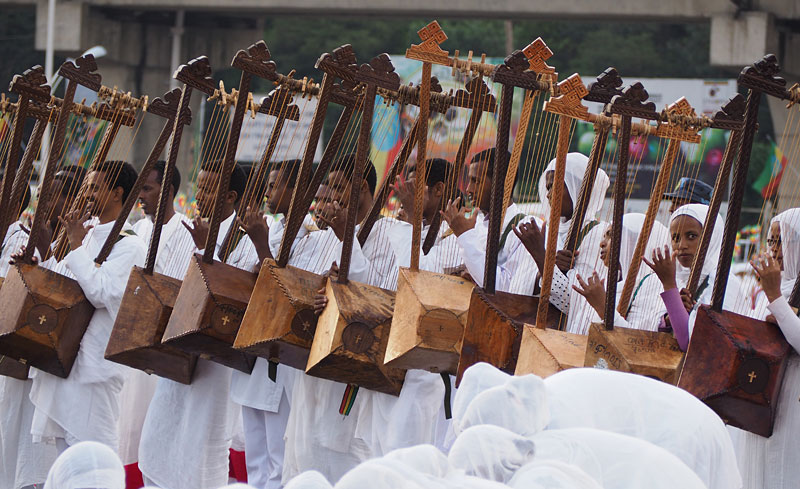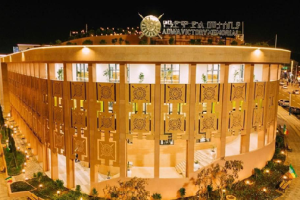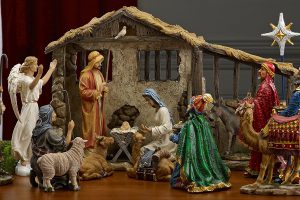
Ethiopia has a long and peculiar history that entails an equally long and attractive history of arts and culture. In this piece depicting traditional musical instrument may not elaborate the complete history nor reveal a compressive and true picture of the country’s traditional assets .However,this piece simply serves as a highlight and gives a bird’s eye view of the country’s traditional musical instruments. They reflect all the historical and social episodes of the country.
As Ethiopia consists of over 80 ethnic identities, with diverse cultures , traditional music and instruments, it has also its own musical nota too .Because these cultures are manifested through distinct musical instruments. Its people use these instruments during different occasions such as weeding , funeral times , religious and cultural festivities. The Ethiopian traditional music instruments like kirar, masinko, begena, kebero and washint accentuate various peculiar cultural and religious proceedings and festivities .
Importantly, they are our cultural assets and identity manifestation. They have to be promoted and passed to the next generation intact. The youth must be proud of his/ her indigenous cultural values. Besides, concerned bodies have to discharge their responsibility in sustaining and keeping the cultural musical instruments in the country. Moreover, apart from the Tourism and Culture Ministry, the Ministry of Education will have a peerless role in teaching the generation.
Public Relation and Communications Directorate, Director at Debre-Markos University,GirmawAshebirin his article entitled “Ethiopian Tradtional Music Instrument” indicated that Ethiopia has cultural and artistic wealth. It has indigenous knowledge related to original music. He aims to explore and analyze about Ethiopian traditional music instrument through indigenous knowledge (kirar, masinko, Begena, kebero and washint/ flute). He would share observation referring to the different documentations. Kirar and Masinko mostly have purpose for local music including Washint. The others one Kebero, Begena are usefull in the majority time for church purpose.
He further said that Ethiopian music uses a distinct modal system that is pentatonic, with characteristically long intervals between some notes. As with many other aspects of Ethiopian culture and tradition, tastes in music and lyrics are strongly linked with those in neighboring Eritrea,Somalia,Djibouti and Sudan.
Three additional modes are variations on the above tezeta minor, bati major, and bati minor.Some songs take the name of their qenet, such as tizita, a song of reminiscence.When played on traditional instruments, these modes are generally not tempered but when played on Western instruments such as pianos and guitars, they are played using the Western-tempered tuning system, he said.
Moreover, the music of Ethiopia is a reflection of all the historical and social episodes, such as the patriotic campaigns that various warlords or chiefs had to launch. The music is about war as well as patriotism, songs of victory, songs that incite support for a certain movement. And it is also about love, with wonderful melodies and poetic lyrics. The Orthodox Tewahido Christian church spirituality of Ethiopians is expressed in the form of music.
All these types of tunes and melodies are prepared and performed using various traditional instruments .The well-known Ethiopian instruments are the kirar and the Masinqo . But, since everyone is probably already familiar with these, we’re going to mix things up a little bit and introduce some of the lesser-known instruments first.
Ethiopian traditional music is best expressed with its musical instruments, besides the contribution of the renowned vocalists. The most characteristic andwidely used instruments are themasinqo, the krar, and in the church mostly useful washint,begena,kebero, and thetom-tom.All are instruments originated by Ethiopians. No adaptation and free from anyform of modification. So let’s discuss one byone the different types of Ethiopian traditional musical instruments.
The Masinqois a single-stringed instrument that is used in many parts of the country by citizens including the Amara,Tigreans and Oromo. The Masinqo is a kind of fiddle made from the tail of horses and a piece of hide. It is relatively easy to make.It is played by rubbing a bow made of a string against the fiddle.People in the Ethiopian highland areas learn to play the Masinko at a very early age, particularly in the north around Gondar. Verses are typically created by the vocalist and player of the instrument or as is the tradition, the audience suggests poems or lyrics and the vocalist just repeats them word for word, he said.
Masinko is one of the most popular traditional music instruments used throughout Ethiopia and one of the fixtures in Ethiopian music and culture. Although it looks simple, the Masinko can, in the hands of an expert musician, produce a wide -variety of melodies.
It is often played by wandering singers, as well as professional musicians, particularly at traditional restaurants even local and local bars called ‘Bunna Bet’. The singer is known goes by ‘Azmari’, it is derived from the Geez word ‘Zemmari’, which means “one who sings”. It is also a well-known instrument throughout popularly in central and northern Ethiopia . It is a one-stringed fiddle and is the instrument of choice for the ‘Azmari’, solo singers who often work in bars and are exceptionally talented at improvising lyrics and melody on-the-spot.
Things to note in the recording: extensive use of ornamentation, the Masinqo doubling the vocal melody when he sings, lack of equal-tempered tuning, and use of harmonics. These\aestheticsare quite typical of music in these regions.Therefore Masinqo has a construction of designed as the squareor diamond shapedresonatoris made of four small wooden boards glued together, then covered with a stretched parchment torawhide.
The single string is typically made of horse hair, and passes over a bridge. The instrument is tuned by means of a large tuning pegto fit the range of the singer’s voice.It may be bowed by either the right or left hand, and the non-bow hand sits lightly on top of the upper part of the string. The kirar is also a core member of the cultural band and is an instrument of many variations. The electric krar is now standard fare in manyurban settings, as well as the bass krar. However, in urban settings, I see players utilizing instead a variety of strumming techniques, muting strings with their fingers in order to obtain a defined melody.
It is a bit difficult to discuss the “standard” kirar and its playing technique with so many variants proliferating in Ethiopia at the moment. Generally, however, it is played with the left hand, and it is tuned pentatonic (and must be retuned if the player is switching to a different kignit/rhythms), he said.
This instrument is almost exclusively associated with the Ethiopian Orthodox Church and is used for personal meditation and prayer. These songs are known as mezmur, an Amharic language term used specifically for religious music as opposed to zefen,which refers to secular music.
Ethiopian harp is an instrument mostly used for spiritual purposes. Among the most popular players of this instrument is some of priests in church. Spiritual hymns are mainly heard during fasting periods for Orthodox Christians when the faithful express their devotion to God.
When all ten strings are plucked, one method of tuning the begena is to tune each pair of strings to one of the pitches in a pentatonic scale. When using five of the stings, only the first, fourth, sixth, eighth and tenth strings are tuned and plucked to give sound. Finally, while playing the begena using six strings, the left hand plucks strings first, second, fourth, sixth, eighth, and tenth starting from the left side when facing the instrument.
The pointing finger plucks three and fourstrings, while the other fingers are in charge of controlling one string each. The remaining strings are used for the finger rests or stops after the strings have been plucked, allowing the plucked string to vibrate. The begena may also be played using a system called grief, wherein a plectrum made of horn or wood is used to pluck the ten strings of the begena. The begena is characterized by a very specific buzzing sound,due to U-shaped leather pieces placed between each string and the bridge. The thong for each string is adjusted up or down along the bridge so that the string, when plucked, repeatedly vibrates against the edge of the bridge.
The washint is an end-blown flute originally used by the Amhara and Tigray people in Ethiopia and Eritrea. Traditionally, Amharic musicians would pass on their oral history through song accompanied by the washint as well as the kirar that I have mentioned in the below, a six stringer lyre, and the masinqo a one string fiddle, he said.
BY ALAZAR SHIFERAW
THE ETHIOPIAN HERALD MAY 27/ 2021





